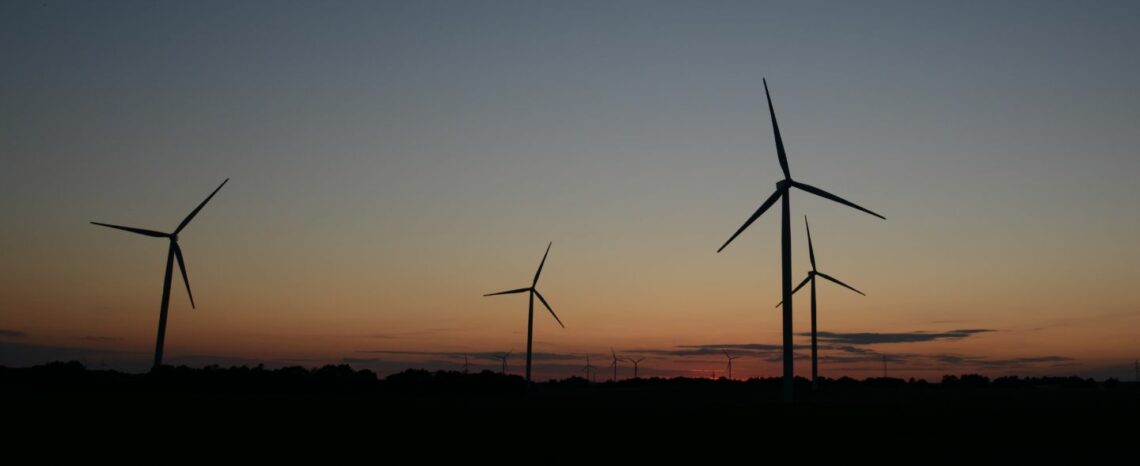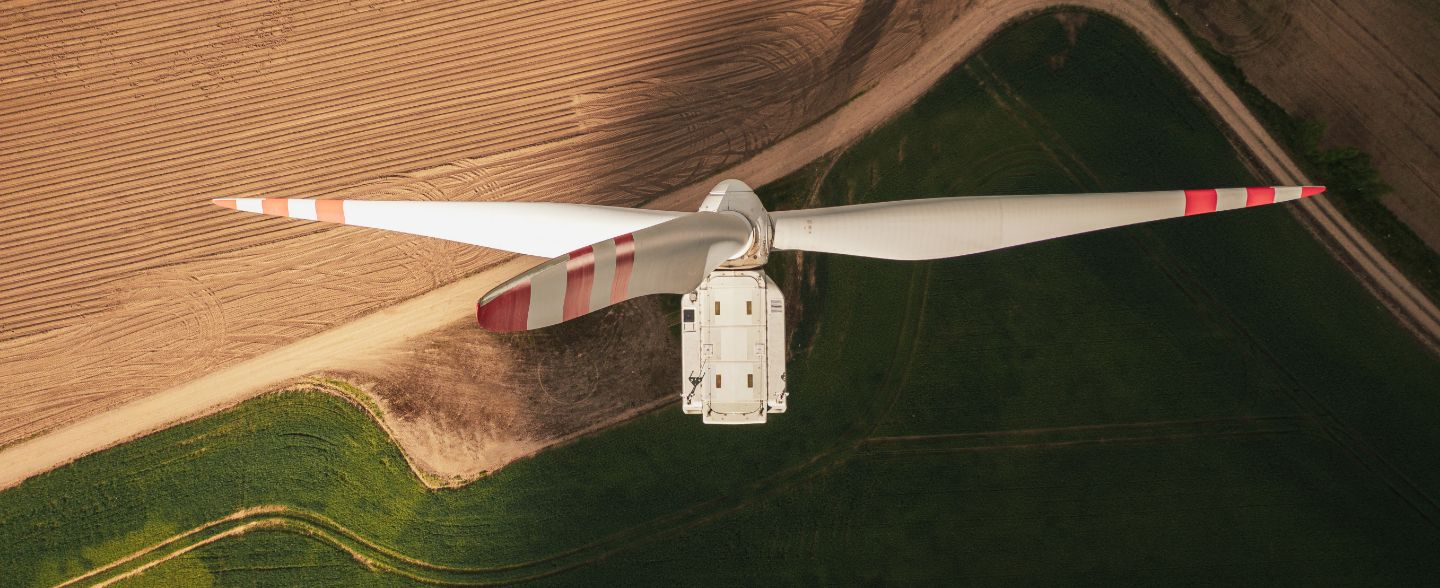2021 saw a strong increase in demand for electricity. Domestic energy consumption jumped by 5.4% as a result of the economic recovery from the covid-19 pandemic slump. In addition, in the second half of 2021, energy commodity prices increased significantly, which translated into higher energy prices on European markets and caused Poland to become a net energy exporter from an energy importer in the last quarter of 2021.
Electricity generation in Poland increased by 14.0% year-on-year, or by some 21 terawatt hours. As can be seen, PGE Group's power generation growth accounted for more than half of this increase, highlighting the vital importance of conventional generation units for energy security.

PGE Group produced more than half of the energy resulting from the increase in demand in 2021. Especially, dispatchable conventional generation based on lignite grew by 25% y/y and based on hard coal by 20%.
| TWh | 2021 | 2020 | y/y |
| Total production, including: | 68,77 | 58,13 | 18% |
| Lignite | 37,19 | 29,79 | 25% |
| Hard coal | 24,34 | 20,20 | 20% |
| Natural gas | 4,22 | 5,05 | -16% |
| Pumped-storage | 0,69 | 0,76 | -9% |
| Hydro | 0,45 | 0,41 | 10% |
| Wind | 1,45 | 1,49 | -3% |
| Biomass | 0,39 | 0,39 | 0% |
| Municipal waste | 0,04 | 0,04 | 0% |
We measure generation volumes in two ways. By type of fuel and by generating unit. Some of our units are multi-fuel (e.g. small amounts of biomass are co-fired as supplementary fuel in coal-fired power plants).
Total production from renewable energy sources at PGE Group amounted to 2.33 TWh and was at a similar level year-on-year. The volume of electricity production from renewable sources is calculated as the sum of production from wind, hydro and biomass (including co-firing in conventional power plants). The comparable volume was accounted for by higher production from hydroelectric power plants and lower production from wind power plants, which was mainly determined by weather conditions. Electricity produced by pumped storage units (ESP) is not classified as RES production (it is in fact storage).
Electricity distribution
Last year, our grids supplied 37.74 TWh of electricity to more than 5.5 million consumption points. When economic activity and GDP picked up after the freezing of the economy as a result of the covid-19 pandemic, there was a surge in energy demand, which was 6% year-on-year in PGE’s distribution area. Long-term demand growth and stricter quality targets in electricity distribution require systematic investment in the grid to meet the needs of consumers and the growing economy.
| TWh | 2021 | 2020 | y/y |
| Distribution of electricity | 37.74 | 35.67 | 6% |
*CAGR (compound annual growth rate).
Lignite mining
In 2021, output was 47.2 million tonnes (an increase of 18% year-on-year). The volume of lignite extraction is closely linked to the volume of electricity production in power plants, for which the mines are a natural supplier.
| mln ton | 2021 | 2020 | y/y |
| Extraction of lignite, including: | 47,18 | 39,94 | 18% |
| Bełchatów – field Bełchatów | 2,78 | 2,39 | 16% |
| Bełchatów – field Szczerców | 35,60 | 32,51 | 10% |
| Turów | 8,80 | 5,04 | 75% |
Retail sale of energy
The 9% year-on-year decrease in the volume of energy sales to end customers was mainly due to a decrease in sales to large business customers. The increase in sales occurred in the G tariff (households).
| TWh | 2021 | 2020 | r/r |
| Sale of energy to final customers, including: | 37.48 | 41.17 | -9% |
| Households (Tariff G) | 10.04 | 9.82 | 2% |
| Business customers (Tariffs A, B, C+R) | 27.44 | 31.35 | -12% |
Sale of heat
In 2021, the volume of PGE Group’s heat sales grew significantly in relation to 2020. The increase in heat sales by 6.5 petajoules, or 13%, was mainly the result of lower average outdoor temperatures during the heating season.
| Key figures | 2021 | 2020 | y/y |
| Sale of heat [PJ] | 55,07 | 48,6 | 13% |

